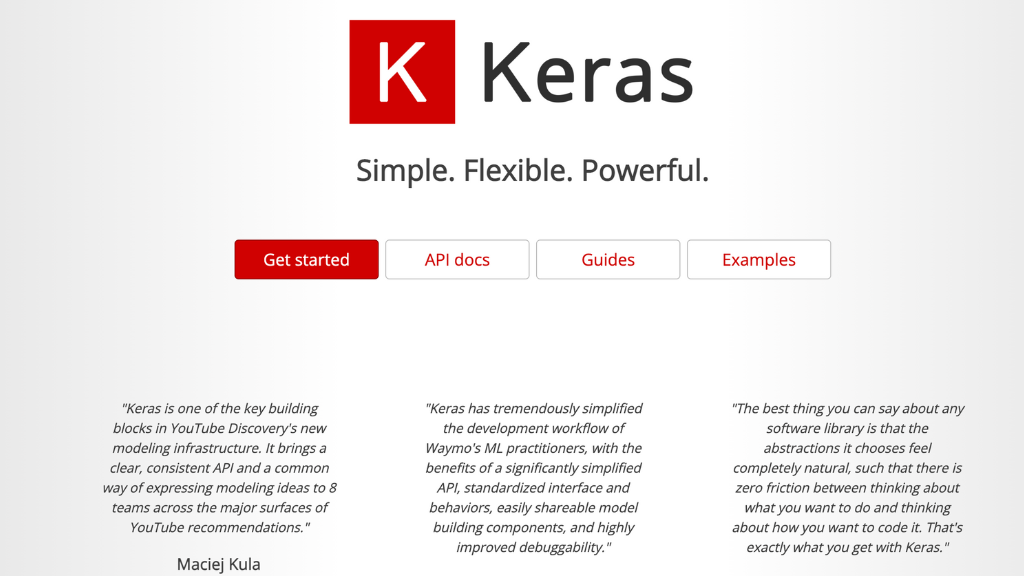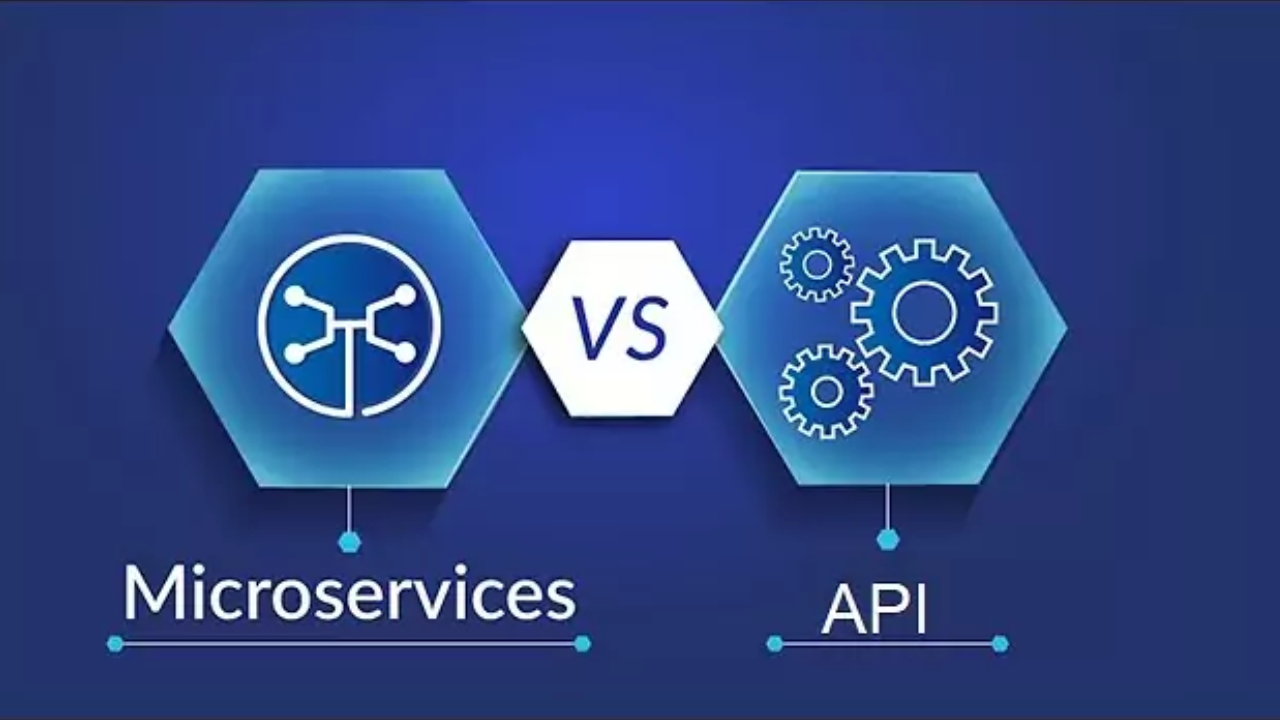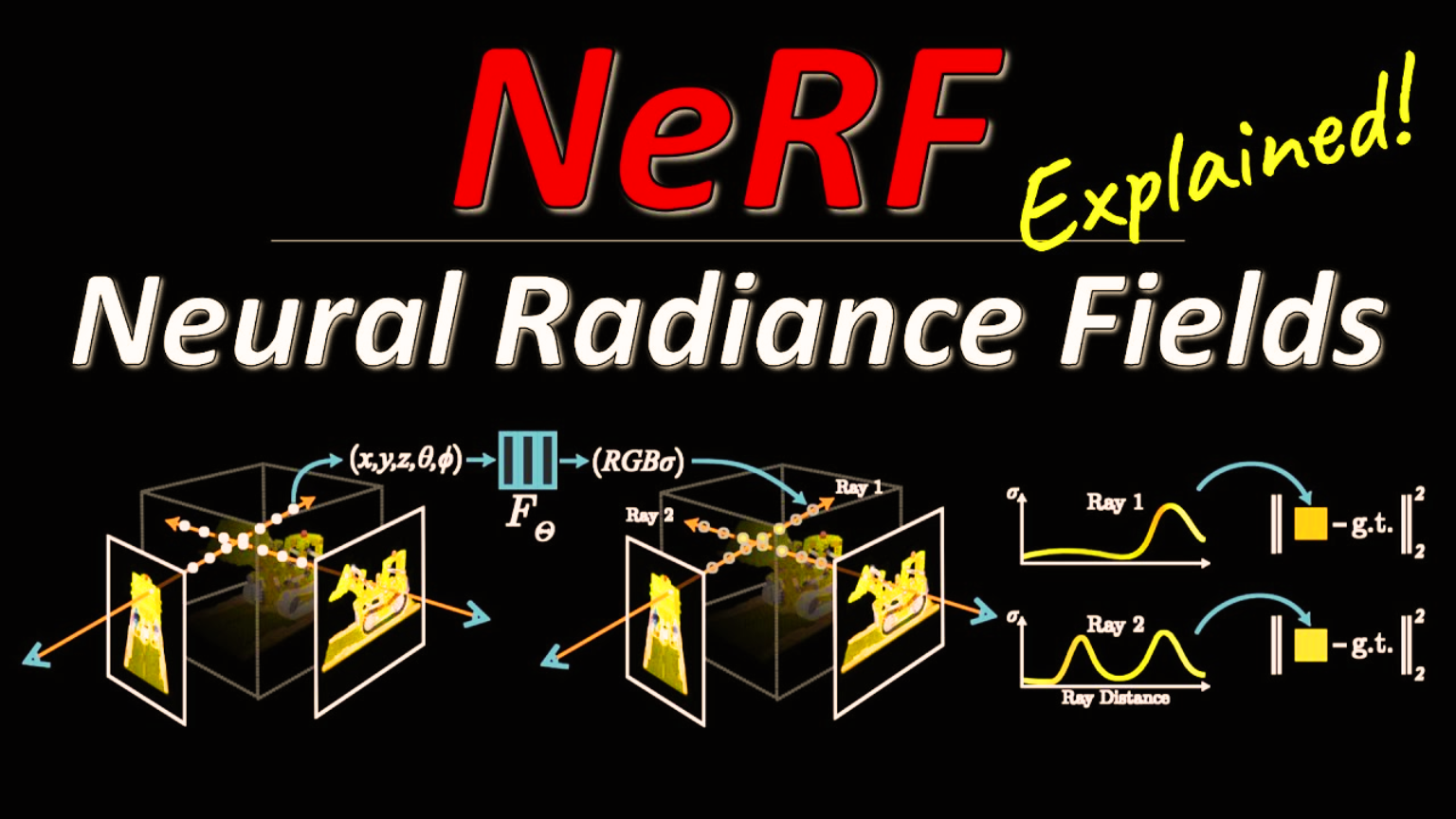Deep learning has become an increasingly popular field in recent years, with many researchers and practitioners using Python libraries to build and train neural networks. Two of the most popular libraries for deep learning are Keras vs PyTorch. In this article, we will provide a comprehensive comparison of these two libraries, highlighting their similarities and differences and discussing their strengths and weaknesses.
Introduction to Keras and PyTorch

Keras is a high-level neural network API written in Python and capable of running on top of TensorFlow, CNTK, or Theano. It was developed with a focus on enabling fast experimentation and prototyping, and it has a user-friendly interface that makes it easy to use for beginners. Keras is known for its simplicity, flexibility, and ease of use, and it has become a popular choice for building deep learning models.
PyTorch, on the other hand, is a deep learning framework that was developed by Facebook’s AI research team. It is an open-source library that is based on the Torch library, and it is known for its dynamic computational graph, which allows for more flexibility and ease of use than other deep learning frameworks. PyTorch is also known for its “pythonic” coding style, which makes it easy to learn and use for quick prototyping.
Tpu vs Gpu: The Giants of Computational Power
Similarities between Keras and PyTorch
Despite their differences, Keras and PyTorch share many similarities.
- Both libraries are written in Python, which makes them easy to use and integrate with other Python libraries.
- They both support a wide range of neural network architectures, including convolutional neural networks (CNNs), recurrent neural networks (RNNs), and long short-term memory (LSTM) networks.
- They also both have good documentation and a large community of users, which means that there are many resources available for learning and troubleshooting.
Differences between Keras and PyTorch
While Keras and PyTorch share many similarities, there are also some key differences between the two libraries.
- One of the main differences is their approach to building and training neural networks. Keras is a high-level API that abstracts away many of the details of building and training neural networks, which makes it easy to use for beginners.
- PyTorch, on the other hand, is a low-level library that gives users more control over the details of building and training neural networks, which makes it more suitable for advanced users who want more flexibility and control.
- Another difference between Keras and PyTorch is their approach to debugging. PyTorch’s dynamic computational graph makes it easier to debug code, as users can see the results of each operation in real-time. Keras, on the other hand, requires users to define the entire model before running it, which can make debugging more difficult.
- Keras and PyTorch also differ in their performance. Keras is built on top of TensorFlow, which is known for its high performance and scalability. PyTorch, on the other hand, is still relatively new and may not be as optimized for performance as TensorFlow. However, PyTorch’s dynamic computational graph allows for more efficient memory usage, which can lead to faster training times for certain types of models.
| Keras | PyTorch | |
| API Level | High | Low |
| Architecture | Simple, concise, readable | Complex, less readable |
| Datasets | Smaller datasets | Large datasets, high performance |
| Debugging | Simple network, so debugging is not often needed | Good debugging capabilities |
| Does It Have Trained Models? | Yes | Yes |
| Popularity | Most popular | Third most popular |
| Speed | Slow, low performance | Fast, high-performance |
| Written In | Python | Lua |
Strengths and Weaknesses of Keras vs PyTorch
Keras and PyTorch both have their strengths and weaknesses, depending on the user’s needs and preferences. Keras is known for its simplicity and ease of use, which makes it a good choice for beginners or for those who want to quickly prototype a model. It also has a large community of users and a wide range of pre-built models and tools, which can save time and effort.
PyTorch, on the other hand, is known for its flexibility and control, which makes it a good choice for advanced users who want to customize their models or experiment with new architectures. It also has a dynamic computational graph, which makes it easier to debug code and more memory-efficient for certain types of models.
Conclusion
In conclusion, Keras and PyTorch are both popular libraries for deep learning, with their own strengths and weaknesses. Keras is a high-level API that is easy to use and suitable for beginners, while PyTorch is a low-level library that gives users more control and flexibility. Both libraries have a large community of users and good documentation, which makes them easy to learn and use. Ultimately, the choice between Keras and PyTorch depends on the user’s needs and preferences, and both libraries are capable of building and training high-quality neural networks.
FAQs
What are the six groups of free Python libraries for data mining and big data analysis?
1. Core libraries
2. Data preparation
3. Data visualization
4. Machine learning
5. Deep learning
6. Big data.
What is Keras?
What is PyTorch?
Which is better, Keras or PyTorch?
Which libraries do the experts recommend for data preparation, data visualization, machine learning, deep learning, and big data?
1. Pandas for data preparation
2. Matplotlib for data visualization
3. Scikit-learn for machine learning
4. TensorFlow for deep learning
5. Hadoop Streaming and PySpark for big data.

















